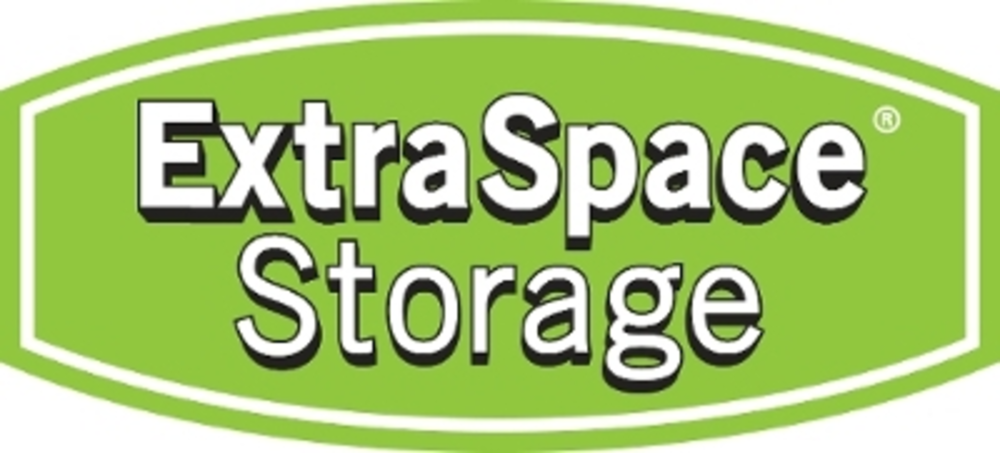When a marketer hears the words “buyer’s remorse,” it can either be perceived as a curse or a blessing. The former perspective accepts the brand or products fate, while the latter perceives the words as a challenge to help a brand or product perform better. This is conundrum Extra Space Storage underwent, when it found that 20% of its customers were complaining about their items not fitting in the storage space reserved.
Spaced out
Based out of Utah, Extra Space Storage has grown into the second largest storage units operator in the U.S., with over 1,400 properties in 35 states, as well as, Washington D.C. and Puerto Rico. The company’s properties comprise approximately 750,000 units and over 80 million square feet of rentable storage space, offering customers a selection of secure storage solutions, including personal storage, boat storage, RV storage and business storage.
While Extra Space Storage was finding success in expansion, a company report surfaced that raised an issue. An estimated 20% of the company’s customers, according to an in-house report, would realize that their stuff did not fit into the storage space they had reserved on moving day. The issue was forcing managers and customers to scramble to move the stuff to the right unit, assuming there was one.
In May 2016, Extra Space Storage pledged a commitment to righting the wrongs, and decided to meet with Selligent, an omnichannel marketing company.
Extra help
Marketing is not only about gaining new consumers, but appreciating and appealing to current customers. This was the goal of Extra Space Storage and Selligent.
By looking over data, the companies determined that many customers picked something cheap, rather than picking the right size. The data also showed that people who lingered on the website for a while were likely to give up and leave.
The result?
Extra Space Storage and Selligent committed to a content-forward website and email campaign to target shoppers who have placed a reservation with Extra Space Storage. These consumers, according to Jennifer Stamper, the interactive marketing manager at Extra Space Storage, have expressed a need for storage and the campaign was designed to help them make an informed purchase on their move-in date.
Extra Space Storage and Selligent came to the conclusion that the best way to understand the consumer is to not think about what they need but listening to what they need.
“I had always been so focused on sending emails that told the customer what I wanted them to know that I had never stopped to ask what the customer needed or wanted to know,” says Stamper.
In response to these needs, the campaign, which was scheduled to run for 12 weeks, would be email driven, with each email attempting to answer frequently asked questions of consumers in the past.
“Understanding these questions is critical, because 60% of the people renting with Extra Space have never rented a storage space before,” says Jason Klein, senior director of corporate marketing at Selligent. “Extra Space also needed to combat a 45% no-show rate for move-in reservations.”
Rather than simply remind people that their move was coming up, the companies used data and content to inform the customers about how to prepare for move-in day and ensure they had booked the right unit.
Stored Success
The email marketing campaign ran for 12 weeks with such success, the companies ran refined elements of it throughout 2016.
In the end, the companies had an 11.64% increase in conversions attributed to email, further cementing the belief that consumers should not be talked to but heard.
“Now before we launch any campaigns we ask ourselves what benefit is there for the customer?” says Stamper. “If the benefit isn’t high enough, we aren’t going to send the message.”








